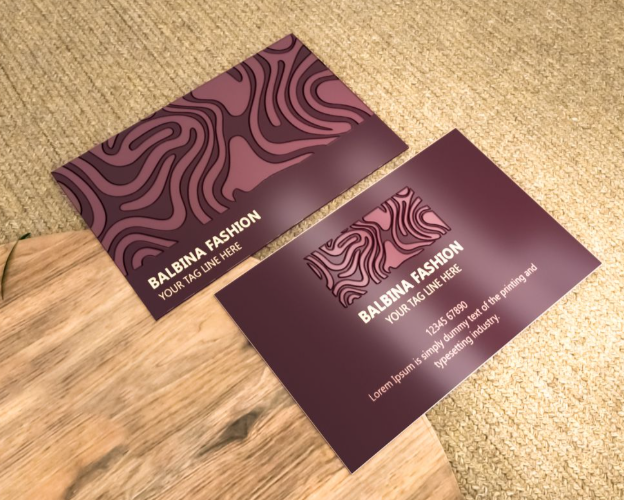Packaging plays a vital role in how a product is perceived, especially in industries where visual and tactile appeal influences purchasing decisions. Raised Spot UV Labels offer a creative and effective way to highlight specific product features without overwhelming the overall design. This finishing technique not only improves the visual impact of packaging but also allows brands to guide consumer attention with precision.
Understanding Raised Spot UV
Raised spot UV is a specialized printing finish where a thick, glossy varnish is applied only to selected parts of a label. This can include text, logos, icons, or patterns. The coating is slightly elevated, giving a three-dimensional texture that contrasts with the flat areas of the label. This method creates a high-gloss, tactile effect on matte or satin backgrounds, offering both visual interest and physical texture.
By selectively applying this finish, brands can make key information—such as product benefits, brand names, or callouts—stand out. This strategy is especially valuable in crowded retail environments, where grabbing consumer attention quickly is critical.
Highlighting Product Features Effectively
One of the most practical uses of raised spot UV is to spotlight important product features. For example, a skincare brand might use the technique to emphasize keywords like “anti-aging,” “organic,” or “hydrating.” A beverage company could use it to draw focus to phrases like “cold brewed” or “low sugar.” These highlighted features are more likely to be noticed and remembered by the consumer.
This subtle form of emphasis can be more elegant than bold fonts or bright colors. It appeals to consumers looking for sophistication and quality, aligning well with premium or artisan products.
Creating a Focal Point
In design, focal points guide the viewer’s eye across the layout. Raised spot UV naturally attracts attention due to its reflective finish and dimensional feel. This makes it ideal for leading consumers to the most important information on the label.
Whether it’s a logo, tagline, or a specific product claim, using raised spot UV helps establish hierarchy in design. It visually separates featured elements from the rest of the content, ensuring that even at a glance, consumers pick up on the most compelling selling points.
Enhancing Brand Identity
Using raised spot UV consistently across a product line also helps reinforce brand identity. Consumers start associating the unique tactile experience with a specific brand or category, which can foster trust and recognition over time. For example, a gourmet food brand that uses raised UV on the words “small batch” or “handcrafted” can make those qualities part of its branding language.
In addition, this finish adds an element of luxury and attention to detail. It suggests the brand cares about presentation, which can be particularly persuasive in competitive industries like cosmetics, wellness, and specialty foods.
Practical Considerations and Durability
Raised spot UV not only enhances aesthetics but also adds a layer of durability to labels. The thick varnish helps protect the printed areas from scratches, moisture, and fading. This is especially useful for products stored in refrigerators, handled frequently, or exposed to light and humidity.
It’s also compatible with various label materials, including coated paper, synthetic stocks, and specialty textures, offering versatility for different types of packaging.
Conclusion
Raised spot UV labels are a powerful tool for highlighting key product features in a refined and engaging way. This technique combines visual emphasis with tactile interaction, making packaging more memorable and effective. By directing attention to specific benefits or qualities, brands can communicate their value more clearly and stand out in competitive markets.

